A Bodyweight Shoulder Workout For Healthy, Strong Joints
Build power in all three primary shoulder muscles with this no-equipment session from an orthopaedic surgeon
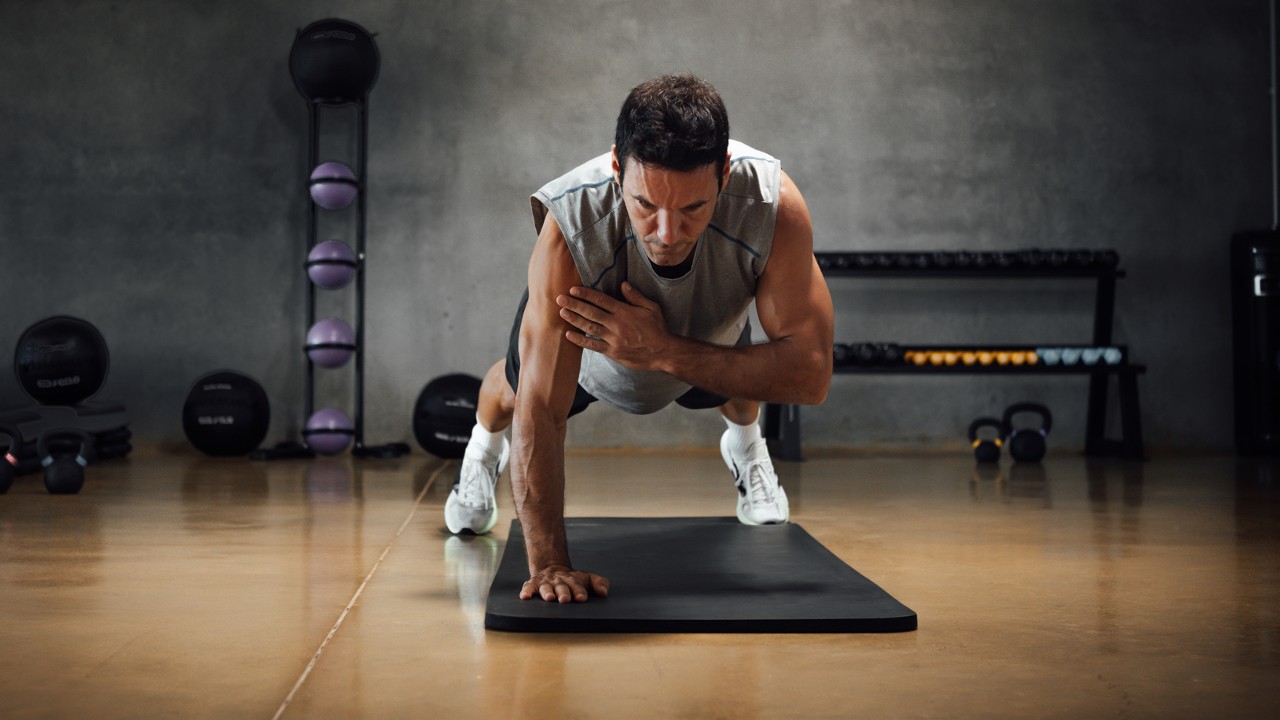
Any good training plan should have room for shoulder workouts, but they are often overlooked in favor of focusing on more glamorous areas of the body like your chest and legs. Shoulder specialist Carlos Cobiella, a London-based consultant orthopedic surgeon who treats professional athletes and regularly puts training programs together for clients, makes no bones about how important the shoulders are.
“Working out your shoulders isn’t just good for aesthetic reasons,” says Cobiella. “As the most mobile joints in the body, the shoulders are responsible for many different muscle actions so it’s crucial to protect the shoulder joint with strength exercises.”
Whether you’re doing home shoulder workouts or hitting the gym, it’s important to work all three of the main muscles in the shoulder: the front deltoid, side or lateral deltoid, and rear deltoid. “These are the primary muscles involved in shoulder strength and power,” says Cobiella. “There is no shortage of shoulder exercises, and you don’t need weights to build strength and muscle.”
Cobiella has put together a bodyweight shoulder workout for us that targets all three of the big shoulder muscle groups, and it can be integrated into any workout plan. Once you’ve tried it you’ll know that weights are not a necessity for building stronger shoulders, but if you want to use them this dumbbell shoulder workout is another good option for your training routine.
Bodyweight Shoulder Workout
Train your shoulders at least twice a week with a minimum of a day’s rest between workouts. If the allotted reps below are too high, start with six reps and work your way up over time. Aim for three sets per move, resting for 30 to 60 seconds between sets, but again, adjust as necessary.
1 Pike push-up
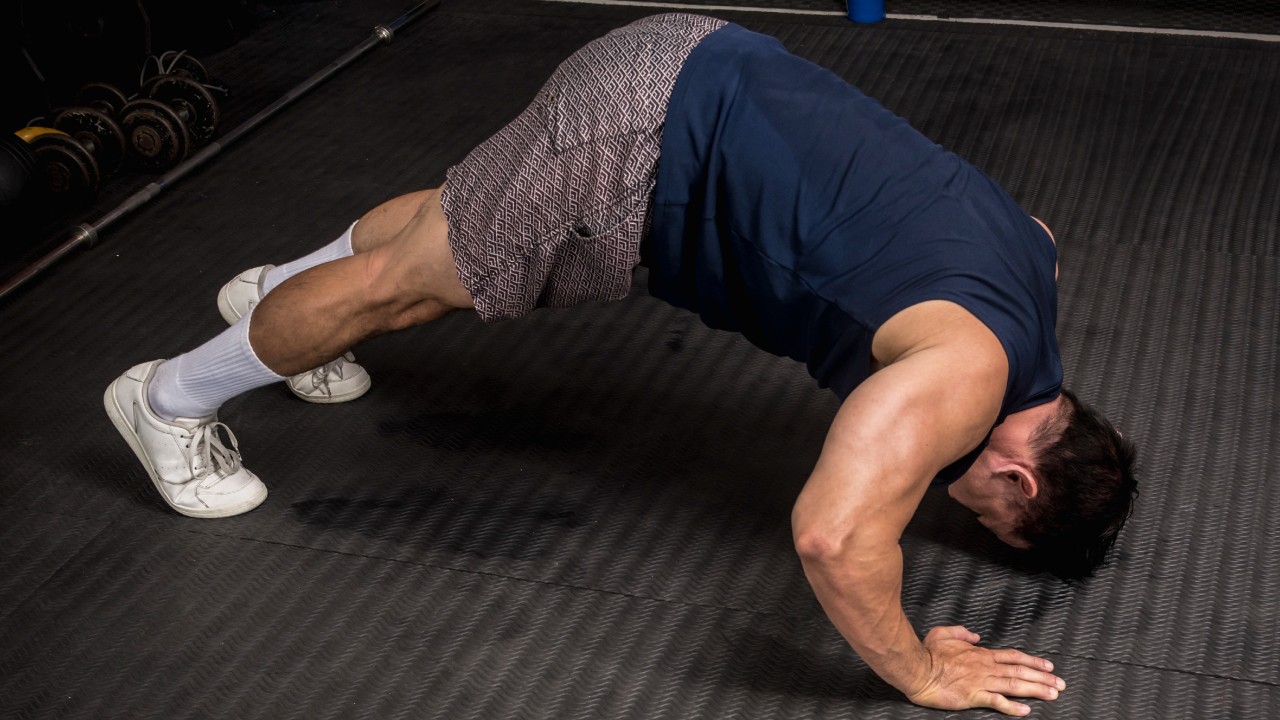
Sets 3 Reps 12 Rest 30-60sec
Start in a press-up position with your hands shoulder-width apart. Push your hips up and back so your body forms an upside-down V. Bend your elbows to lower until the top of your head is as close to the floor as possible, then push back up until your arms are extended.
Sign up for workout ideas, training advice, reviews of the latest gear and more.
2 Press-up handstand
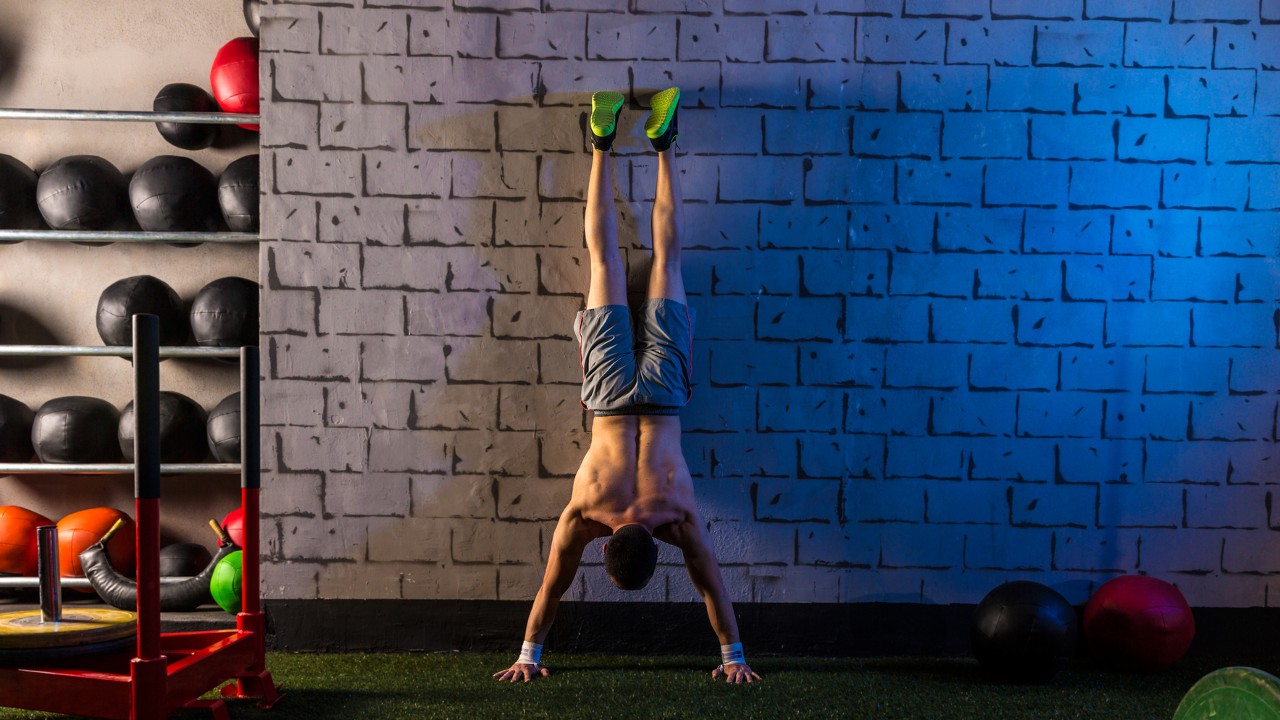
Sets 3 Reps 12 Rest 30-60sec
Facing away from a wall, place your hands on the floor and kick your feet up to adopt a handstand position against the wall. Keep your core tight and squeeze your glutes. Bend your elbows to lower, then push back up. This is a challenging move: lower yourself as far as you can, even if that’s only a centimetre or two!
3 Spider walk
Sets 3 Reps 12 Rest 30-60sec
Facing away from a wall, place your hands on the floor and kick your feet up to adopt a handstand position against the wall. Keep your core tight and squeeze your glutes. Simultaneously walk your hands away from the wall and your feet down the wall. Once you are in a push-up position, walk your feet back up the wall.
4 Plank shoulder tap
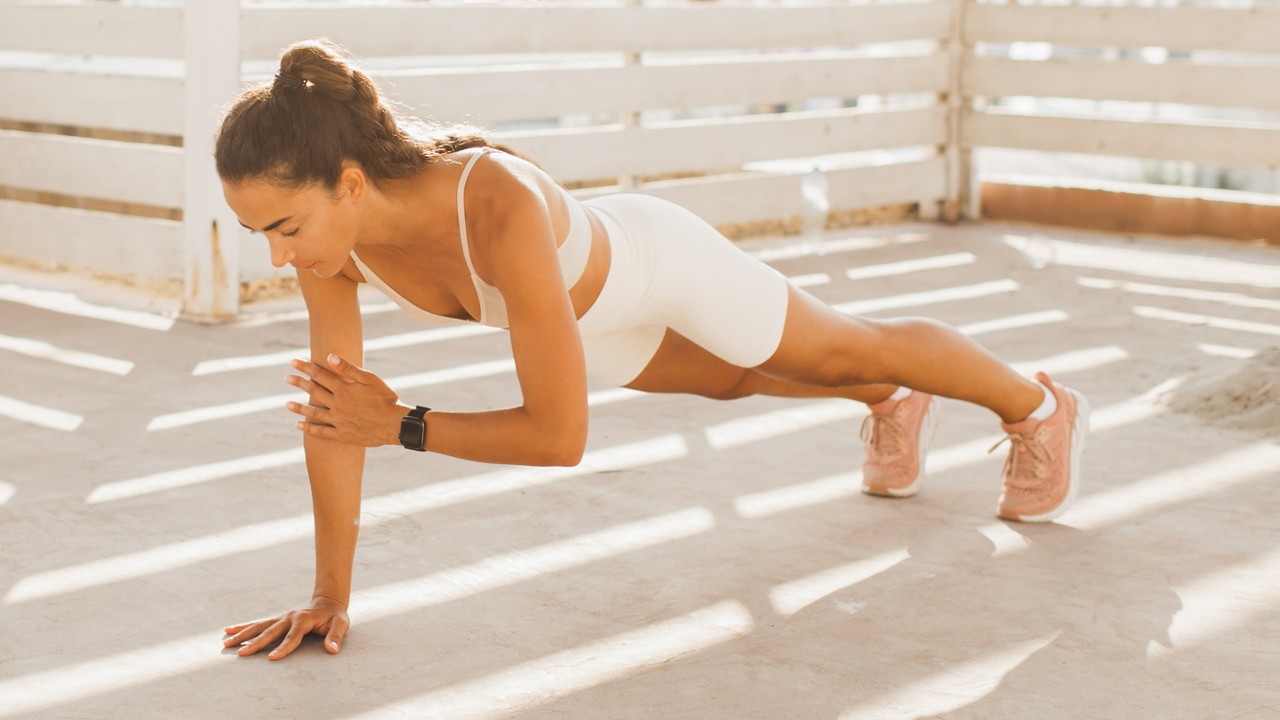
Sets 3 Reps 12 Rest 30-60sec
Start in a press-up position with your hands shoulder-width apart. Brace your core, then lift one hand and tap the opposite shoulder, moving your hips as little as possible. Return your hand to the floor, then repeat with the other hand, alternating hands with each rep.
5 Rock the plank

Sets 3 Reps 12 Rest 30-60sec
Start in a press-up position with your feet hip-width apart. Keeping your arms straight, push your body back towards your heels so that your glutes touch your heels – this position is a little like a child’s pose in yoga but with your knees off the floor. Return to the start and repeat.
6 Walking plank
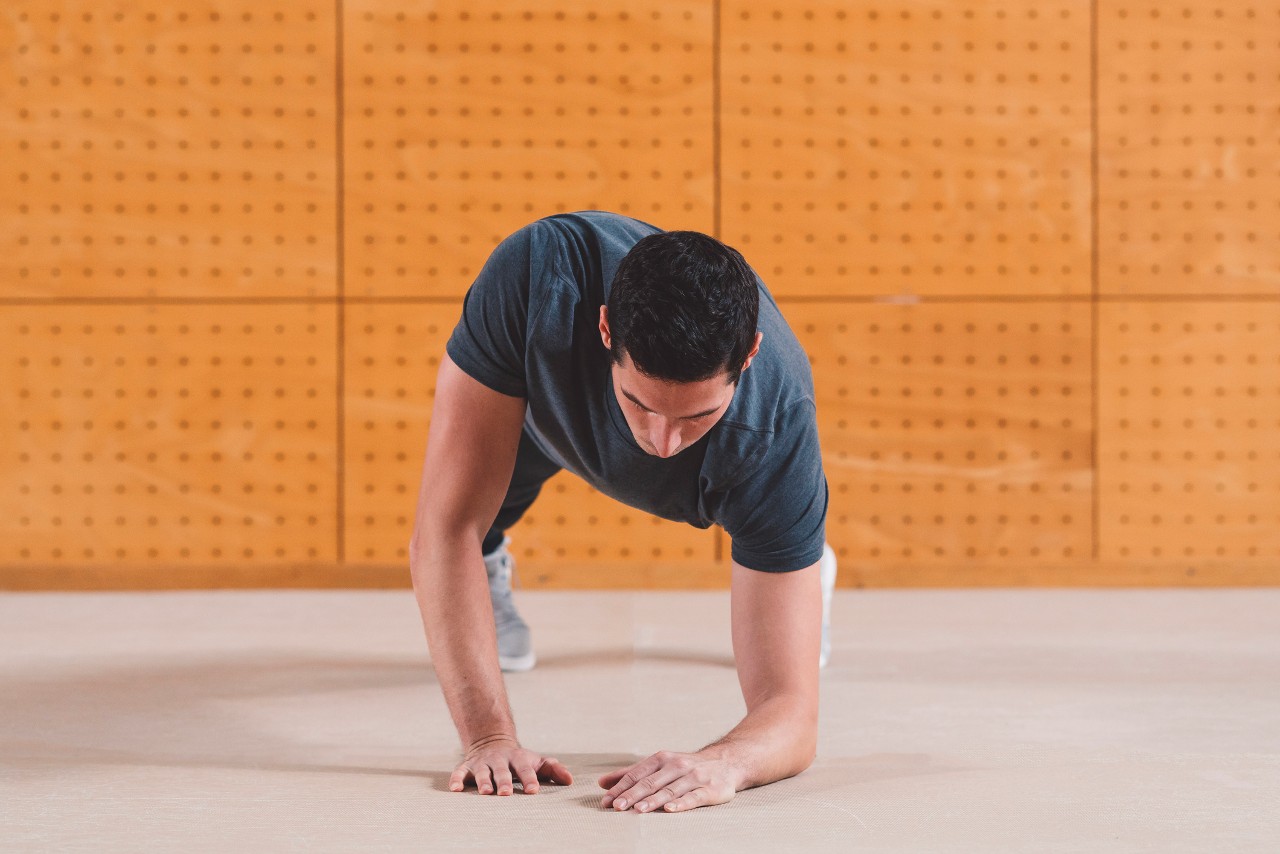
Sets 3 Reps 12 each side Rest 30-60sec
Start in a plank position on your forearms. Lift one arm, place the hand palm-down on the floor under your shoulder and extend your arm to push your body up. Repeat on the other side to finish in a press-up position. Reverse the movement under control. Alternate which arm you start each rep with.
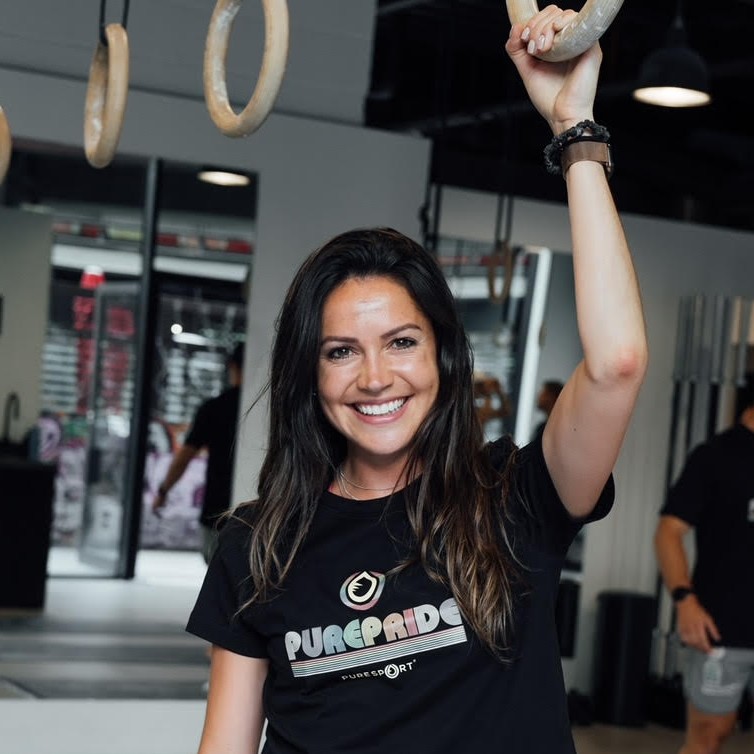
Lucy is an experienced health and fitness journalist, and was formerly health editor for TI Media’s portfolio of women’s titles. Lucy qualified as a level 3 personal trainer with Train Fitness in 2016, and also holds qualifications in pre- and post-natal fitness, as well as in nutrition for exercise.
